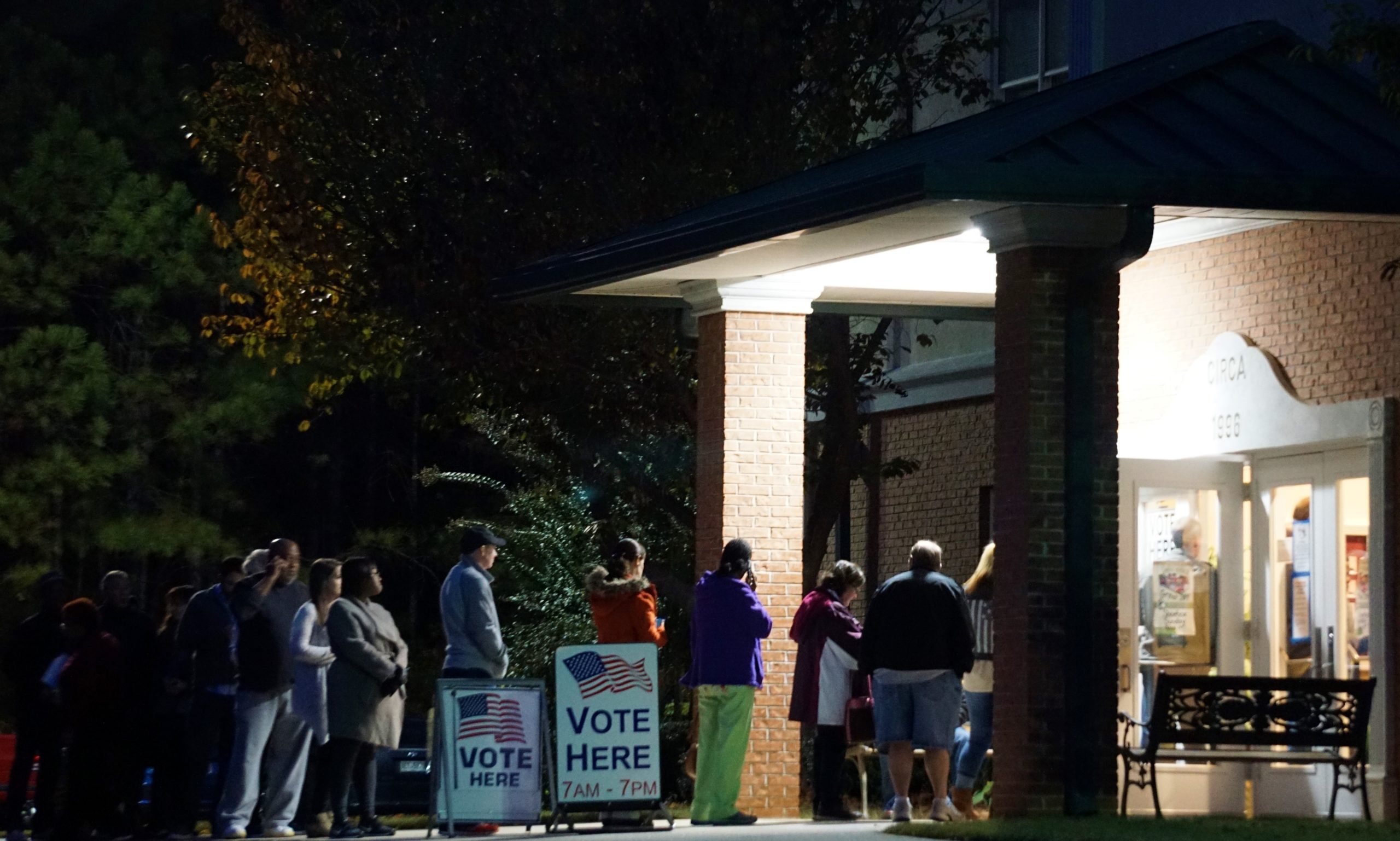Blog November 6, 2020
The 2020 Religion Vote

Religious voters lined up behind their preferred candidates in familiar ways in the 2020 presidential election, but there were some notable shifts as well. First, according AP’s Vote Cast, 81 percent of white evangelical Protestants voted for Donald Trump, the same as 2016 when Trump received 81 percent of their vote.
Jewish voters who have consistently supported Democratic candidates by large margins did so again this year. Nearly seven in 10 (68 percent) Jewish voters cast a ballot for Joe Biden this year, while 31 percent voted for Trump. Despite Biden’s strong showing, he did not improve on Clinton’s performance in 2016 when 71 percent of Jewish voters supported her.
The Catholic vote, as it is in nearly every election, was almost evenly split. Trump received 50 percent and Biden received 49 percent of the Catholic vote. However, Trump won white Catholics handily beating Biden by a 14-point margin (57 percent to 42 percent, respectively). Despite Trump’s strong showing among white Catholics, Biden’s support among white Catholics was an improved from Clinton’s four years earlier when only 37 percent of white Catholics voted for the Democratic candidate.
Biden had a strong showing among unaffiliated voters, who made up nearly one-quarter of the electorate in 2020. Seventy-two percent of religiously unaffiliated voters supported Biden, while about one in four (26 percent) voted for Trump. Biden’s margin among religiously unaffiliated voters was significantly higher than Clinton’s in 2016. That year two-thirds (67 percent) of unaffiliated voters supported Clinton. In fact, Biden’s support among unaffiliated voters was higher than any previous Democratic candidate since Bill Clinton — with the exception of Obama’s 2008 election when we won the unaffiliated voters 75 percent vs. 23 percent.








